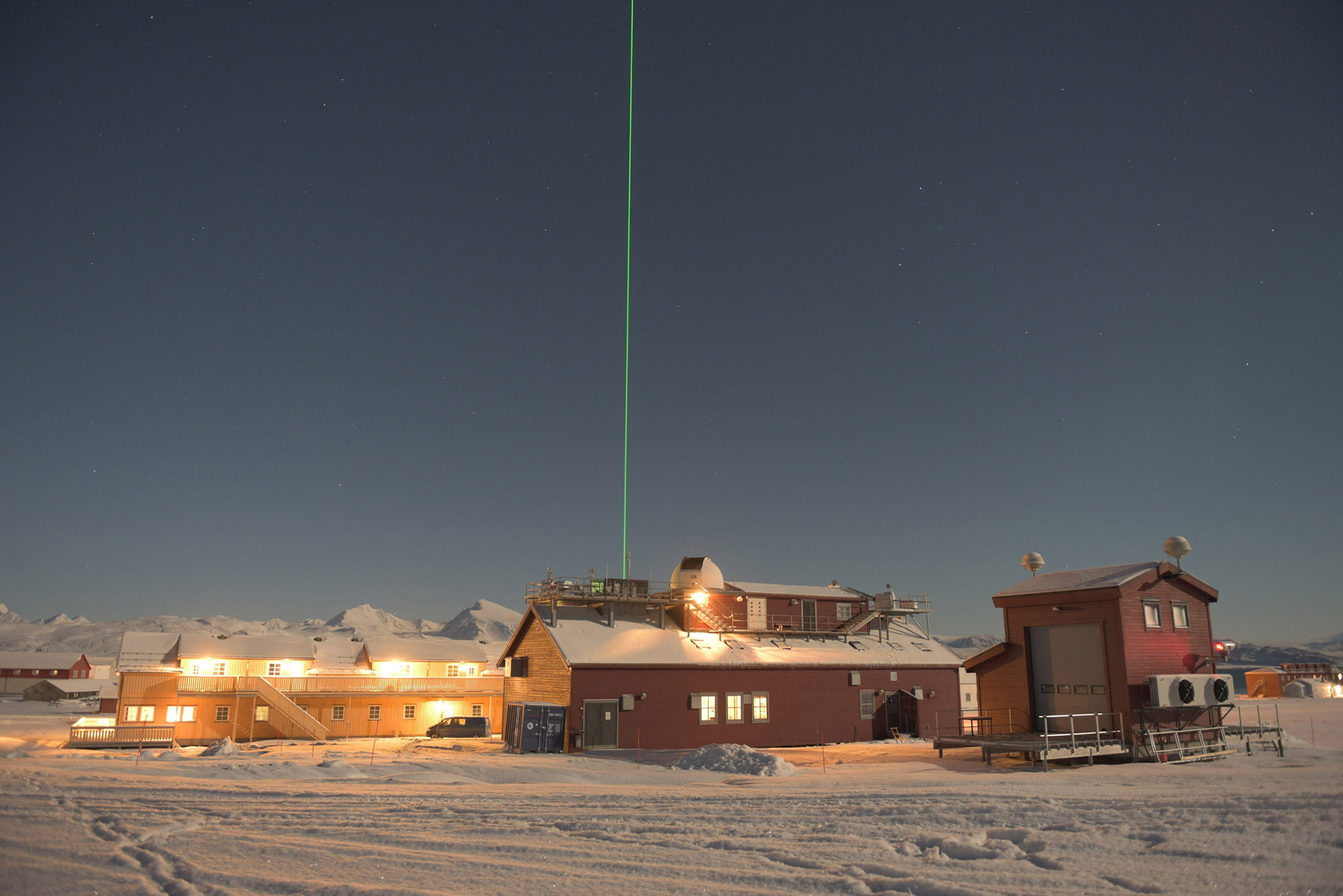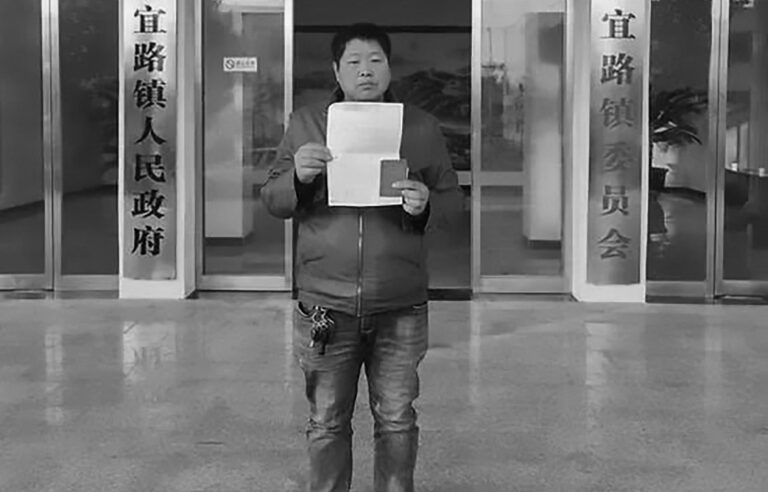An international research campaign involving over 100 scientists from 12 countries has begun investigating the dramatic warming in the Arctic – estimated at two to three degrees Centigrade – over the last 50 years.
The campaign, named HALO-(AC)3, is a joint research project by Leipzig University, the Alfred Wegener Institute, the Helmholtz Centre for Polar and Marine Research, the Leibniz Institute for Tropospheric Research, the Max Planck Institute (MPI) for Meteorology and Chemistry, the Ludwig Maximilian University of Munich and the universities of Bremen, Hamburg, Cologne and Mainz, in Germany, together with international partners.
As reported by the MPI, the scientists will analyse warm air intrusions and cold air outbreaks reaching into the central Arctic and focus on investigating the processes causing the above-average increase in temperatures on Earth’s northernmost region in mid-March.
According to data obtained over the past five decades, the increase in temperature has been calculated at two to three degrees Celsius, which is much greater than the warming that has taken place in other regions of the planet.
The MPI, which referred to this near-surface air temperature change over the Arctic relative to lower latitudes as the Arctic amplification (AA), revealed that HALO-(AC)3’s research aims to collect knowledge for a better understanding of the dramatic warming over the past decades.

(Newsflash)
According to the institute, the effects of the temperature rise are not limited to the Arctic’s climate system, but are also suspected to modify the regional weather in the mid-latitudes.
Manfred Wendisch, from the Institute for Meteorology at Leipzig University, who is the scientific coordinator behind the five-week HALO-(AC)3 measuring campaign, revealed that three special aircraft will be used to observe changes in air masses.
These three research aircraft, named HALO (High-Altitude and Long-Range Research Aircraft), Polar 5 and Polar 6, are operated by the German Aerospace Centre (DLR), headquartered in the city of Cologne.
Andreas Minikin, of the DLR Flight Experiments facility, said: “HALO will operate at higher altitudes as a remote sensing platform, as it is capable of covering distances of up to 10,000 kilometres at altitudes of up to 15 kilometres.”

(TROPOS-Holger Siebert/Newsflash)
Polar 5 and Polar 6, which have been in use for more than 10 years by the Alfred Wegener Institute, Helmholtz Centre for Polar and Marine Research (AWI) in the Arctic, will complement HALO by obtaining measurements at lower altitude ranges, of under six kilometres.
The MPI reported that HALO will be based in the Swedish town of Kiruna from 11th March to 15th April, while Polar 5 and Polar 6 will operate out of the world’s northernmost settlement Longyearbyen, located in the Svalbard archipelago, in Norway, between 19th March and 13th April.
They will cover an area in the Fram Strait and around Svalbard, in the northern Arctic Ocean.
AWI researcher and the coordinator for Polar 5 and Polar 6, Andreas Herber, added: “Although the polar aircraft have a shorter range, they have the major advantage of being able to fly ‘low and slow’, so they can capture snapshots of very specific processes taking place in, below and above clouds, and in the planetary boundary layer.”

(Marlen Bruckner-University Leipzig/Newsflash)
Using the quasi-Lagrangian observation method the scientists will adapt each flight pattern to the the direction of movement of the relevant air mass, enabling shifts in cloud, humidity, temperature and many other parameters to be measured directly.
Finally, through the use of numerical weather forecasting models, the researchers will assess the obtained data and make predictions for the Artic climate.
Wendisch said: “Predicting the future of the Arctic climate remains a challenge. We want to carry out an extensive flight campaign – HALO-(AC)3 – that uses innovative observation methods to help reduce major uncertainties in the projection of future climate development in the Arctic.”
Susanne Crewell, who is an atmospheric researcher at the University of Cologne, explained: “By coordinating the flight patterns of the three aircraft, we can track the air masses as they evolve in space and time.”

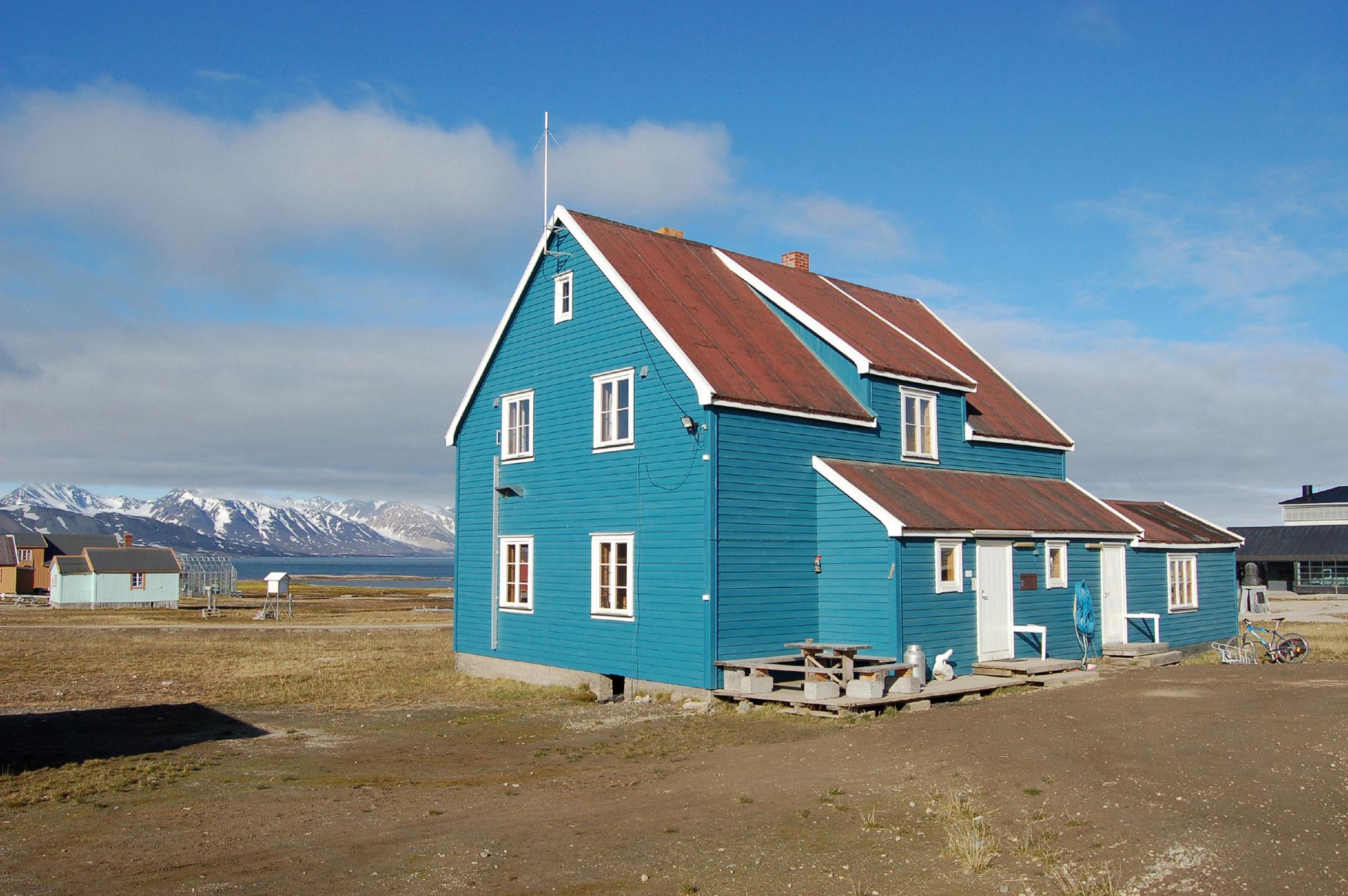
She added: “These measurements make it possible to take a closer look at the smallest cloud structures, all the way down to individual cloud particles, and to investigate the effect of Arctic sea ice on cloud properties. By combining various measurements, we will be able to obtain an almost complete picture of the air masses under investigation.”
In addition, the Leibniz Institute for Tropospheric Research (TROPOS) and Leipzig University will conduct simultaneous profile assessments using a tethered balloon at the AWI-research station AWIPEV near the town of Ny-Alesund, located in Svalbard.
Aside from meteorological measurements, the balloon will examine small-scale exchange processes, radiation and aerosol parameters from the ground up to a height of one kilometre.
The balloon measurements at the AWIPEV station are planned over an additional period of approximately eight weeks between mid-March and mid-May.
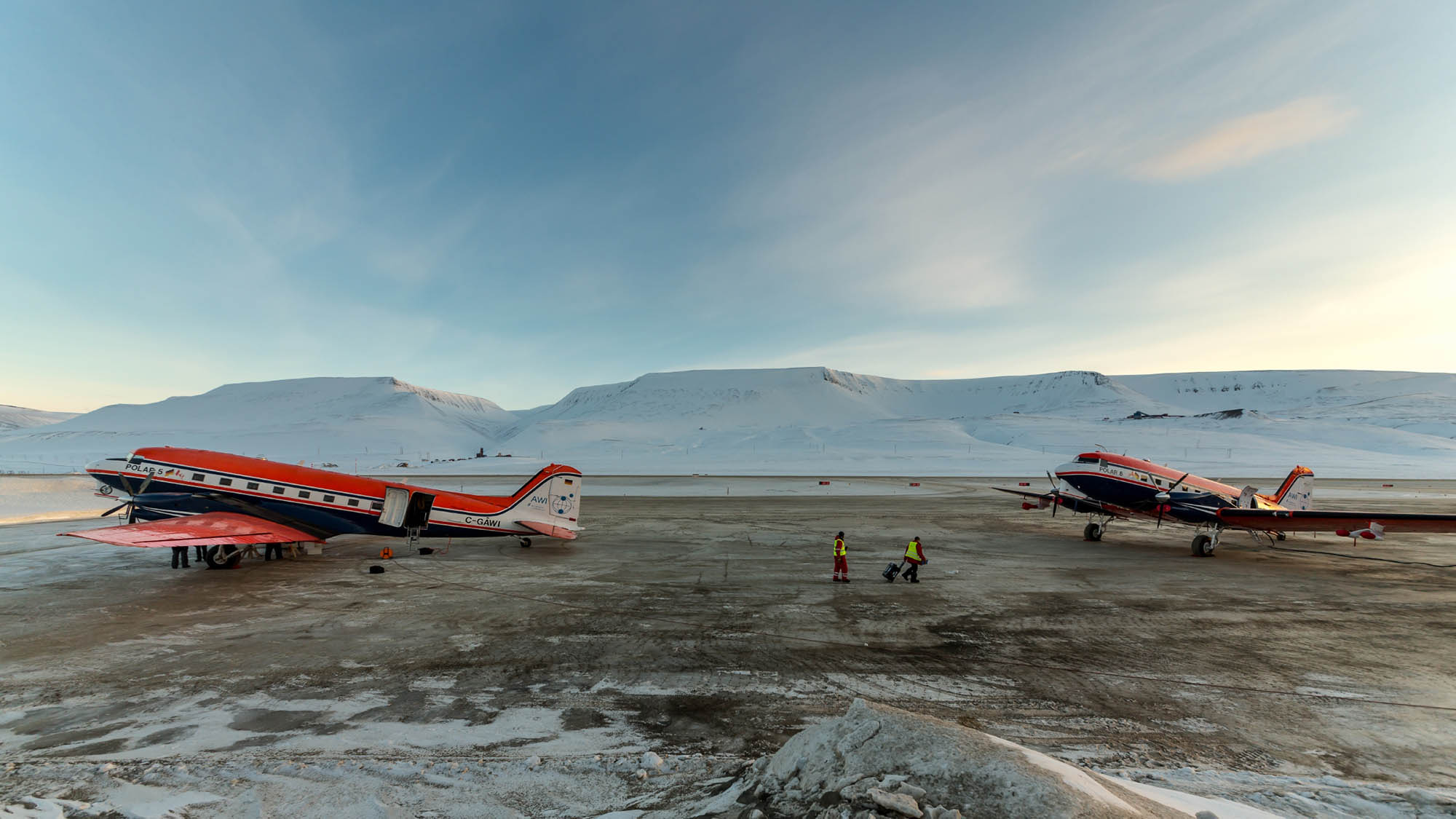
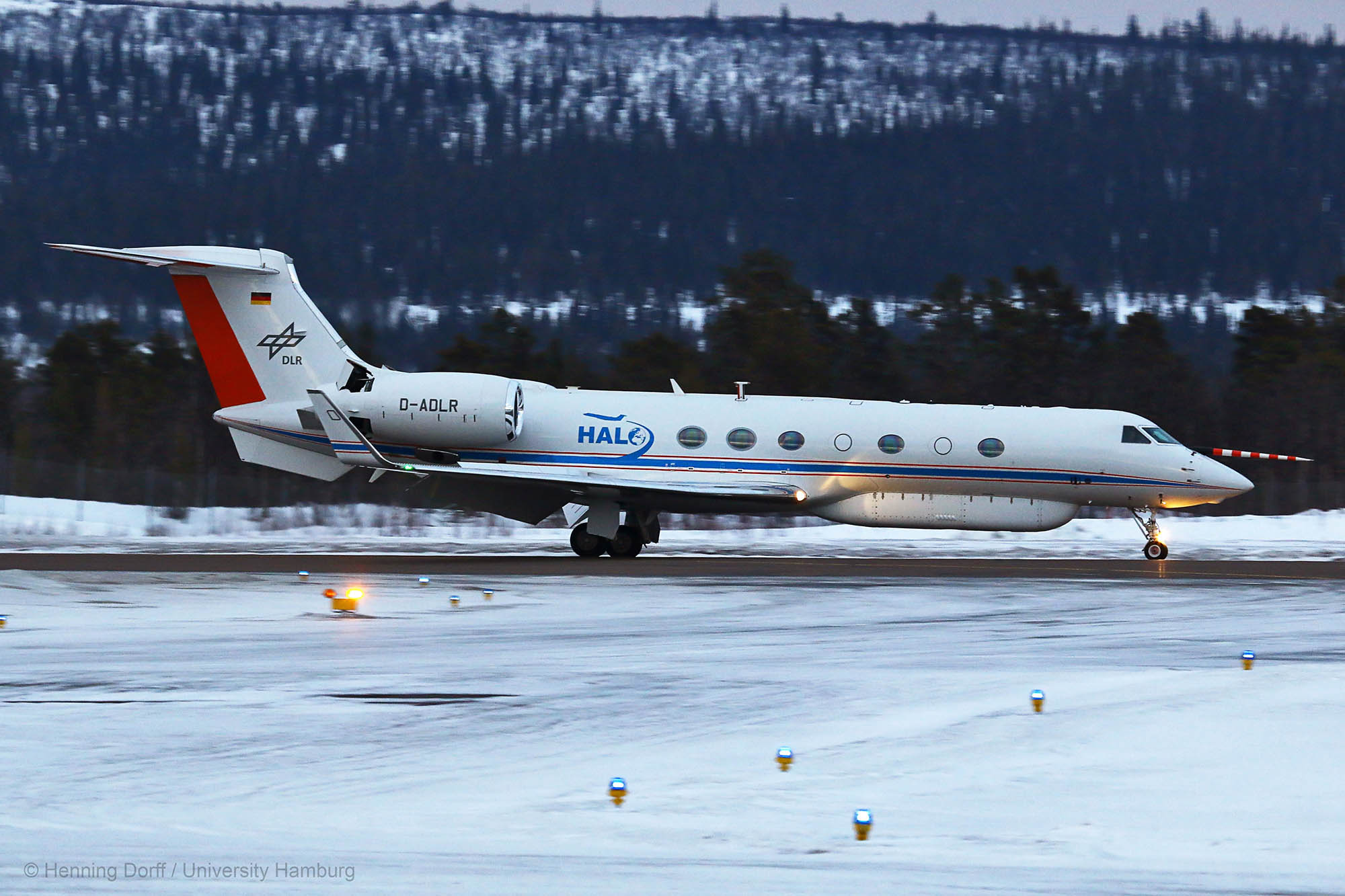
To find out more about the author, editor or agency that supplied this story – please click below.
Story By: Georgina Jadikovska, Sub-Editor: William McGee, Agency: Newsflash
The Ananova page is created by and dedicated to professional, independent freelance journalists. It is a place for us to showcase our work. When our news is sold to our media partners, we will include the link here.

